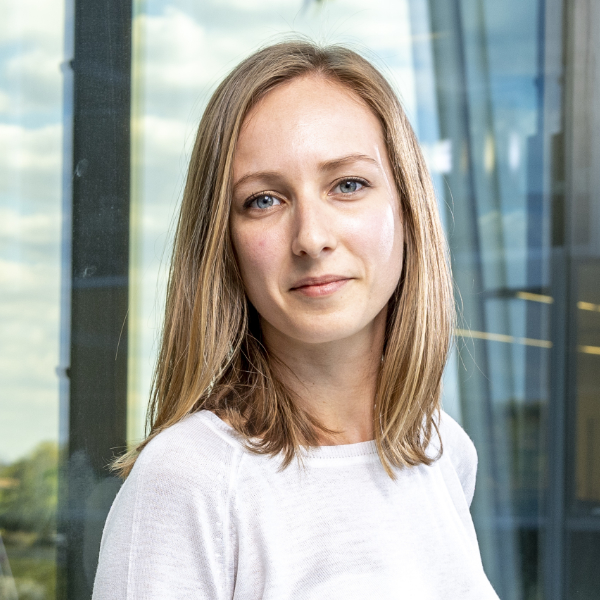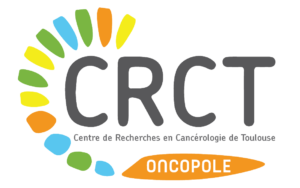Patient derived lymphoma spheroids (PDLS), a preclinical model of follicular lymphoma: identification of CD39 as a potential new therapeutic target

Carla Faria
Team NoLymiT New Immunotherapies Against Lymphoma
Follicular lymphoma (FL) is the second most common type of non-Hodgkin’s lymphoma (NHL), the treatment of which has benefited greatly from the introduction of the anti-CD20 monoclonal antibody, rituximab, in combination with multidrug therapy. Despite these considerable therapeutic advances, many patients relapse and some patients do not respond to standard treatments. Thus, it is essential to identify new therapeutic targets using relevant study designs. In recent years, new chemo-free cancer treatments have emerged. In this context, immunotherapy has benefited from a powerful development allowing, through different approaches, to stimulate the immune system to recognise tumour cells and eradicate them. The microenvironment or the tumour cell itself has thus become the preferred target for therapeutic molecules.
Among these, molecules targeting both adenosine receptors or the generation of its metabolite are promising. 3D models represent a key study tool in this project as they reflect the pathology in terms of: i) three-dimensional architecture, ii) transcriptomic and protein profiles and iii) response to treatments. The specific objectives of my thesis were to: (i) develop 3D culture from cell lines (MALC, multicellular aggregates of lymphoma cells) and from cells from patients with LF (PDLS, patient-derived lymphoma spheroids), (ii) characterise PDLS on a transcriptomic and phenotypic level (cell composition, expression of receptors for adenosine and its metabolites, immune checkpoint receptors ), (iii) test the efficacy of immunotherapies on PDLS and (iv) identify new therapeutic target(s).
Thus, this work has made it possible to identify CD39, an endoectonucleotidase involved in the adenosinergic pathway, as a new therapeutic target in PML, a disease that is currently considered incurable.
More information
Thesis defended on 30 june 2022
Find the full text of the thesis on the Paul Sabatier University website

